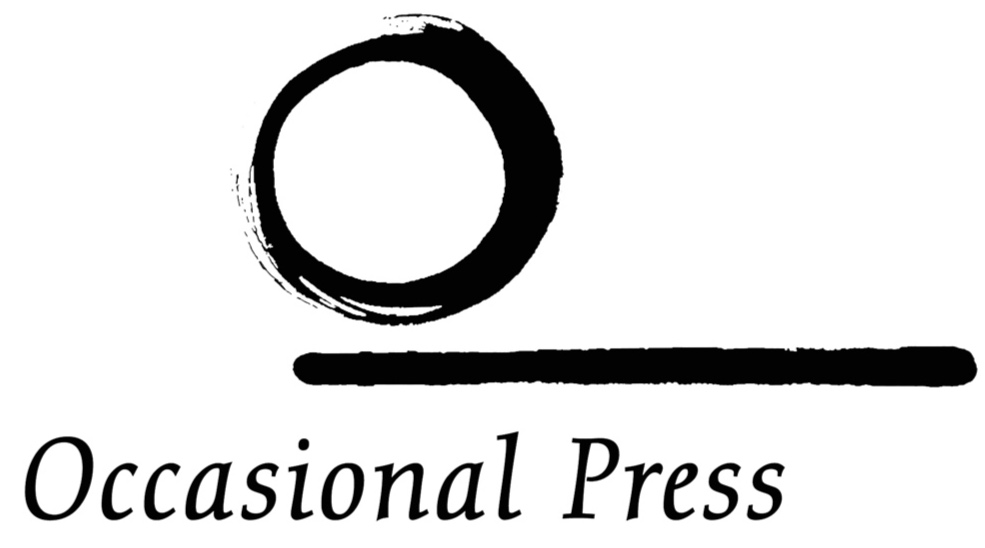Being There an introduction to the work of Joe Wilson
Being There an introduction to the work of Joe Wilson
60 pp. illustrated monograph on the artist Joe Wilson, with texts by Aidan Dunne,Art Critic of The Irish Times, Seamus Heaney and James O’Nolan; also includes an extensive interview with Joe Wilson by David Lilburn
Being There offers a number of perspectives on the work of the English born artist Joe Wilson. It covers his early interest in systems and archaeology in the 60s and 70s, his subsequent preoccupation with recording ‘place’, as exemplified in his photographic studies of allotments in Manchester and Tom Brouder’s Farm in County Limerick in the 80s - and subsequently explores his engagement with landscape through drawing and painting throughout the 90s up to the present (including his most recent drawings and ‘constructed’ paintings). With more than 90 illustrations Being There offers a fascinating introduction to the wide-ranging practice of this highly idiosyncratic artist.
from: the essay Being There by Aidan Dunne
Joe Wilson’s work has always balanced on the cusp between two independent though not necessarily exclusive domains: the physical configurations of paint or print media, and the experiences of places to which these configurations correspond in some way or on some level. The places are usually located in the landscape, and the experiences relate to a heightened sense of being there. It’s worth noting that the question of being there seems to loom much larger for the artist than, as one might expect, the question of how it looks. He is by no means indifferent to the world of appearances, and there is certainly a relationship of resemblance between his work, on the level of imagery, and the environments it refers to, but it is only one issue among several.
It is useful to approach what he does in an experiential way. First of all there is his own experience of being in the landscape, of simply being there, or negotiating it, moving through it, alert to the press of myriad stimuli, from the mass of visual detail per se to other relevant sense impressions relating to temperature, rain, the give of the ground, the sound of water on rock...what amounts in all to a cumulative density of experience. Then there is the process of making the work, which is both a re-experiencing of something, with the help of memory prompted by visual clues in the form of photographs, drawings or even paint, and a new experience in itself, an engagement with materials that must, for the artist, be a process of discovery, a living engagement, if it is to yield something of value.
Aidan Dunne is the Art Critic of the Irish Times.
from: Joe Wilson in an interview with David Lilburn
DL: In your drawing and painting what is the relationship between the ‘fieldwork’ and work done in the studio?
JW: I think the best example of a very clear relationship of fieldwork and studio work is the Bearings project, which I did on Achill Island. This was a 13 metres long panoramic drawing of the northern ridge of Achill, from Achill Head to Slieve Mor and Dugort. I had walked this ridge a number of times, sometimes as one continuous walk and sometimes in separate sections.
The piece of paper I worked on was set up in a large studio, located in (the village of) Dooagh, on a custom-built wall, orientated along the west-east axis, facing north. Over 5 weeks the drawing was built up as a consequence of many treks out from the studio to make notes - discovering lakes and creeks on the other side of the mountains, and many other things.
First of all, this project combined two of my passions - drawing and walking - but the main thing was that when I was drawing I was thinking of the walking and when I was walking I was thinking of the drawing. The two activities were inseparable in my head.
DL: From what you’ve said the idea of ‘recording’ particular places and events in your work was a key preoccupation?
JW: I suppose the two most significant examples of recording or documenting ‘place’ are the studies I made of the allotments in Manchester (1978) and my later exploration of Tom Brouder’s farm when I lived in South Co. Limerick (1982-83)…
… I moved to Ireland and I guess in a way, when I arrived here, I was looking for an equivalent of the allotments -something to explore which would reflect a particular kind of engagement with, and use of, the landscape/place.
Through my walking trips and through reading about how landscape was shaped, I had an interest in geology, industrial archaeology, antiquities of the landscape, etc. - evidence of what had gone before. I became fascinated by, and took a lot of photographs of, old field systems visible on the hills. This activity was fine whilst walking at weekends and during summer trips, but I wanted something to investigate, study, probe, on a day to day basis - something akin to the allotment project.
I lived in a small village in South Co. Limerick and became friends with a local farmer (Tom Brouder). I helped (or watched) him bring in hay, herd his cows and ‘do’ things around the farm. I also noticed small incidental details around the place like repairs and patched up equipment. I’d found my allotments equivalent - a wonderful world of evidence of one-man-scale activity.




